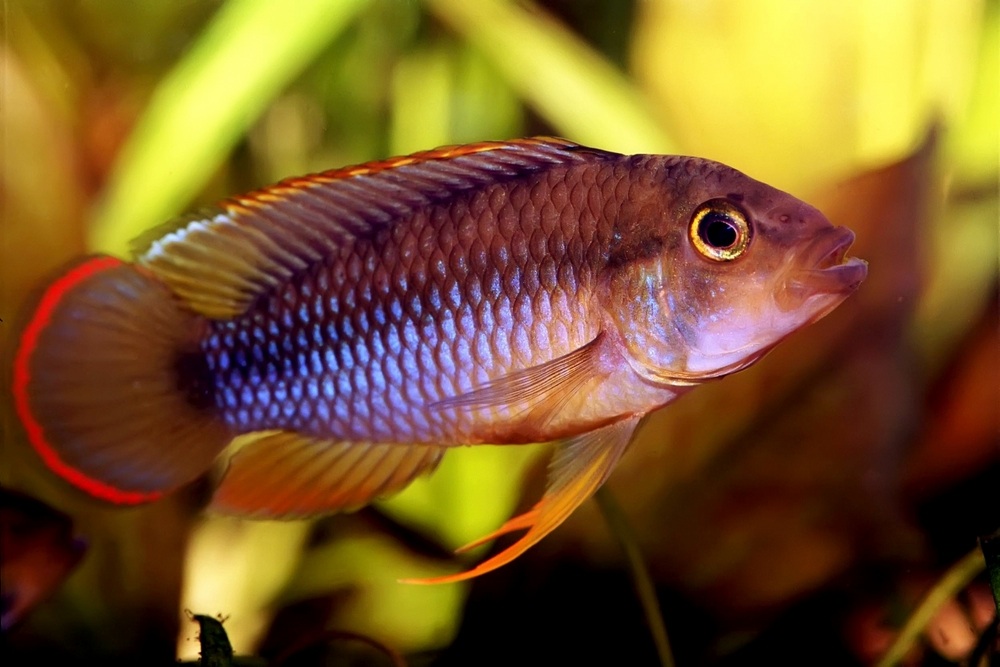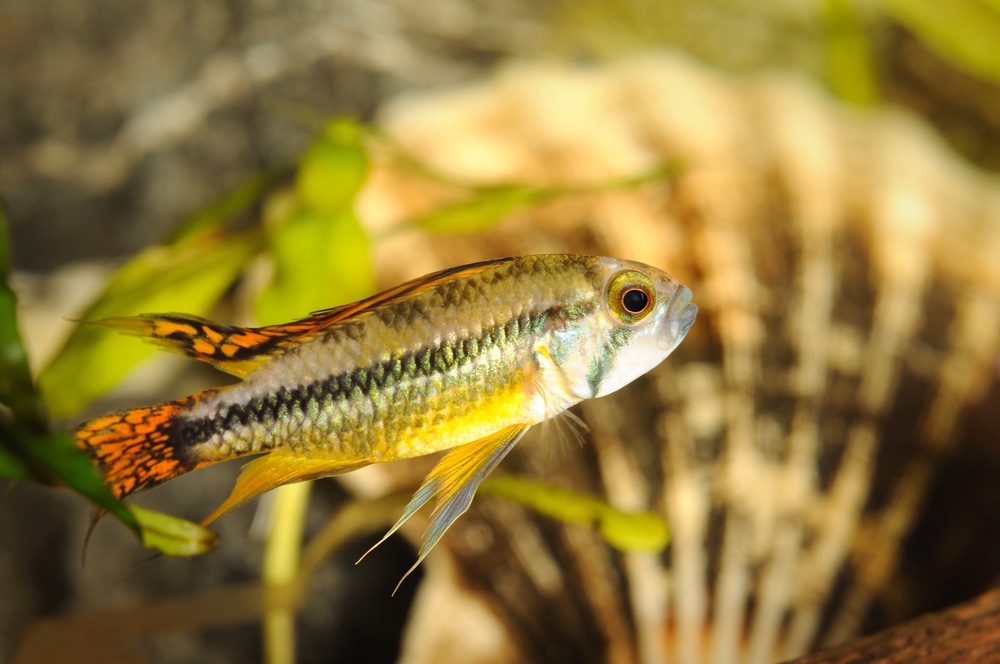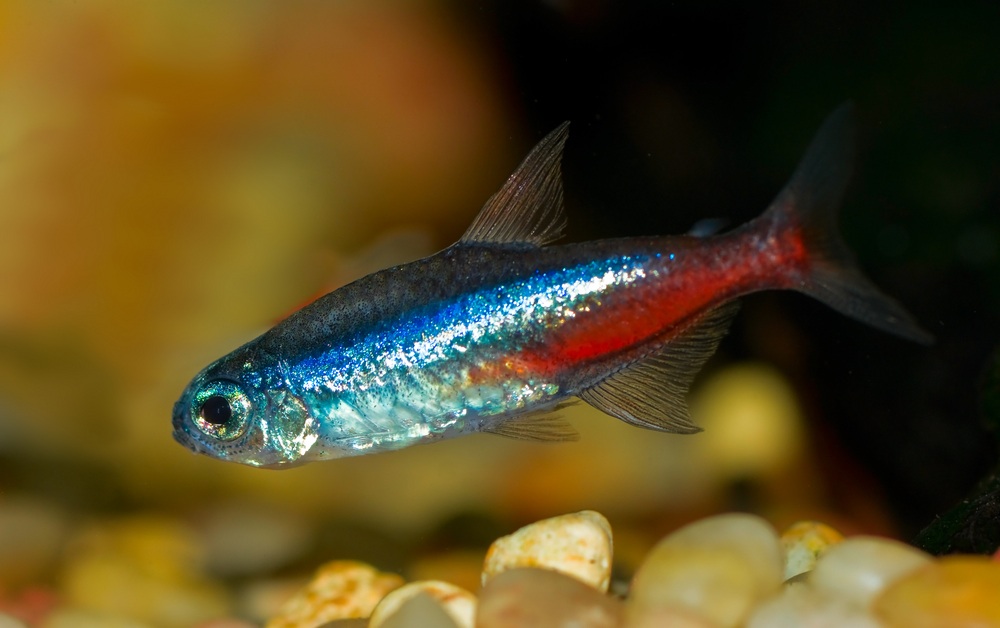News
Scientists are looking into the possible impact of rising global temperatures on a number of species of fish because of their breeding biology. In most fish, as in mammals, their gender is determined by the presence of a pair of sex chromosomes present in each cell of their bodies. External environmental factors normally have no impact on their gender.
In the case of some species however, it is now clear that the temperature is the crucial factor which controls the gender of their young. Known as temperature-dependent sex determination (TSD), this method of reproduction is most commonly associated with reptiles such as certain turtles which lack sex chromosomes, but rare in fish.
Research published in the journal Life Science by Natalia Ospina-Alvarez and Francesc Piferrer from the Marine Science Institute in Barcelona, Spain has revealed that fewer fish than previously thought are actually affected by their environmental temperature when breeding.
Fourteen out of the 20 genera which were suspected of displaying TSD actually have sex chromosomes and only at abnormally high water temperatures in the laboratory were biological females transformed into males during their development. Out of the remaining six genera in the study, the results confirmed that their breeding results are naturally temperature-sensitive.
This means that the predicted rise in water temperature by the end of this century is likely to skew their populations, resulting in an increased number of male fish. Depending on the species, the sex ratio of males in the population relative to females may increase from 50 percent to anywhere between 75 percent and 98 percent. This leaves them at risk of becoming extinct simply because not enough females will survive to breed.

Fish identified as being within the TSD category include the South American dwarf cichlids belonging to the Apistogramma genus, such as the cockatoo dwarf cichlid (A. cacatuoides) shown here, which is a popular aquarium species.
There are doubtless many others whose breeding biology may also fit into this group, and they could therefore be under threat as well. But at present, the influence of TSD has only been studied in about 5,000 of the world's 33,000 species of fish.

There can sometimes be a craze which develops when a new pet becomes available. This certainly occurred when the first neon tetras (Paracheirodon innesi) were offered to tropical fish enthusiasts from 1936 onwards. The stunning coloration of these fish meant that they were greatly in demand. The price for just one neon tetra, measuring little more than 2.5cm (1in) in length, soared to a figure equivalent to more than the average monthly wage at that time.
Today however, thanks to commercial breeding, neon tetras are now available for pocket money prices, with their popularity proving to be as great as ever. Almost any outlet stocking tropical fish will stock these stunning Amazonian fish. In recent years, some catfish from this part of the world have triggered equivalent prices among enthusiasts, but none of these fish is destined to achieve the international recognition of the neon tetra, which is arguably the most beautiful of all tropical freshwater aquarium fish, living happily in shoals.